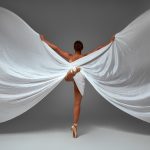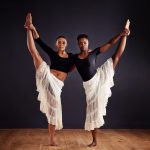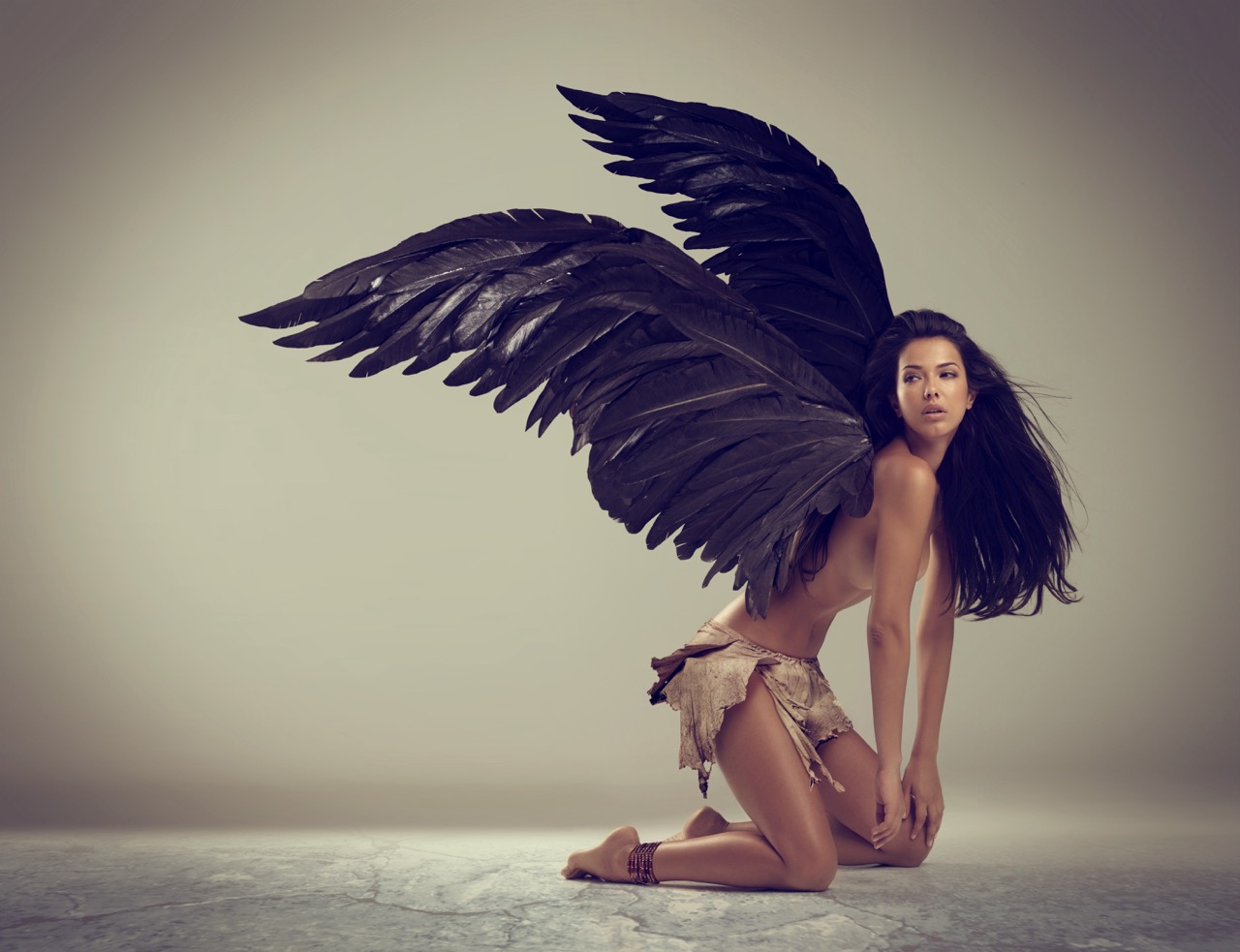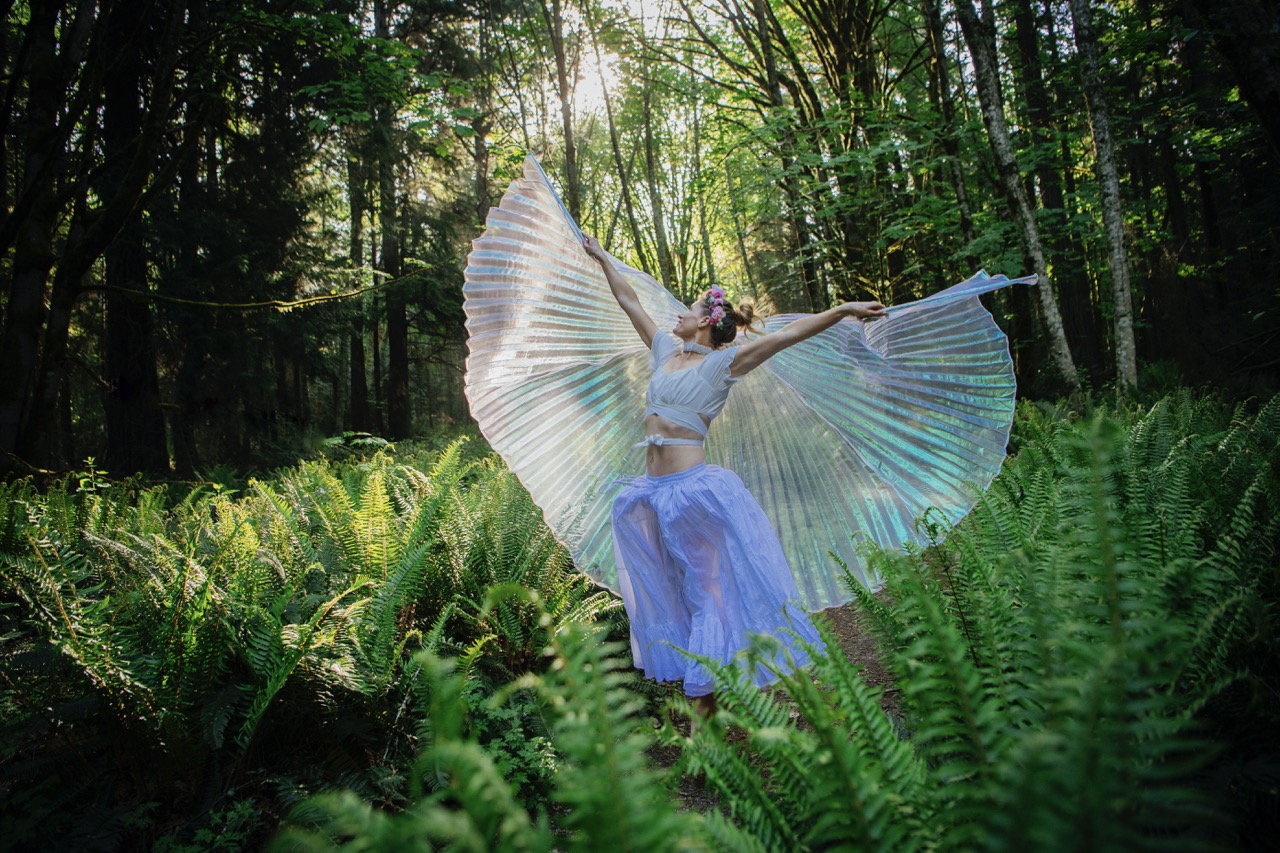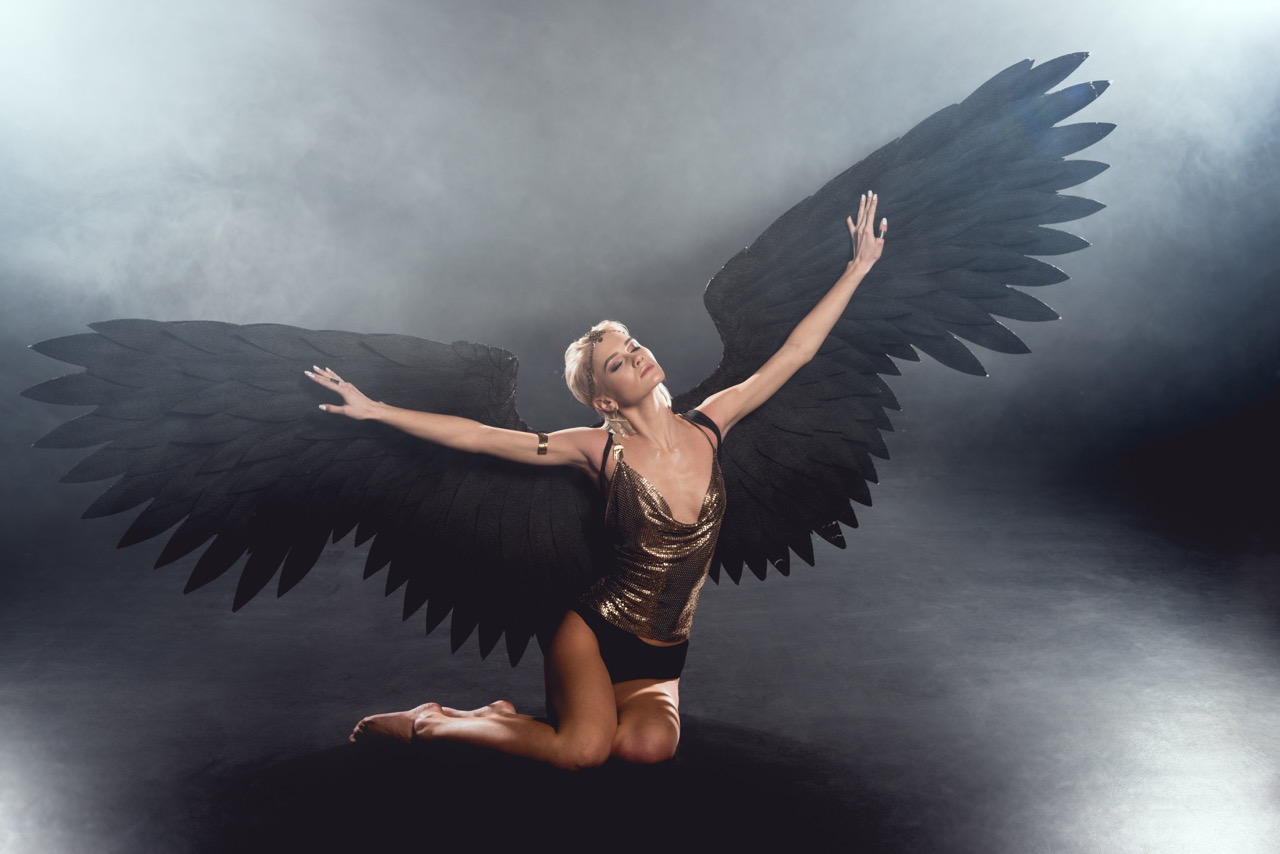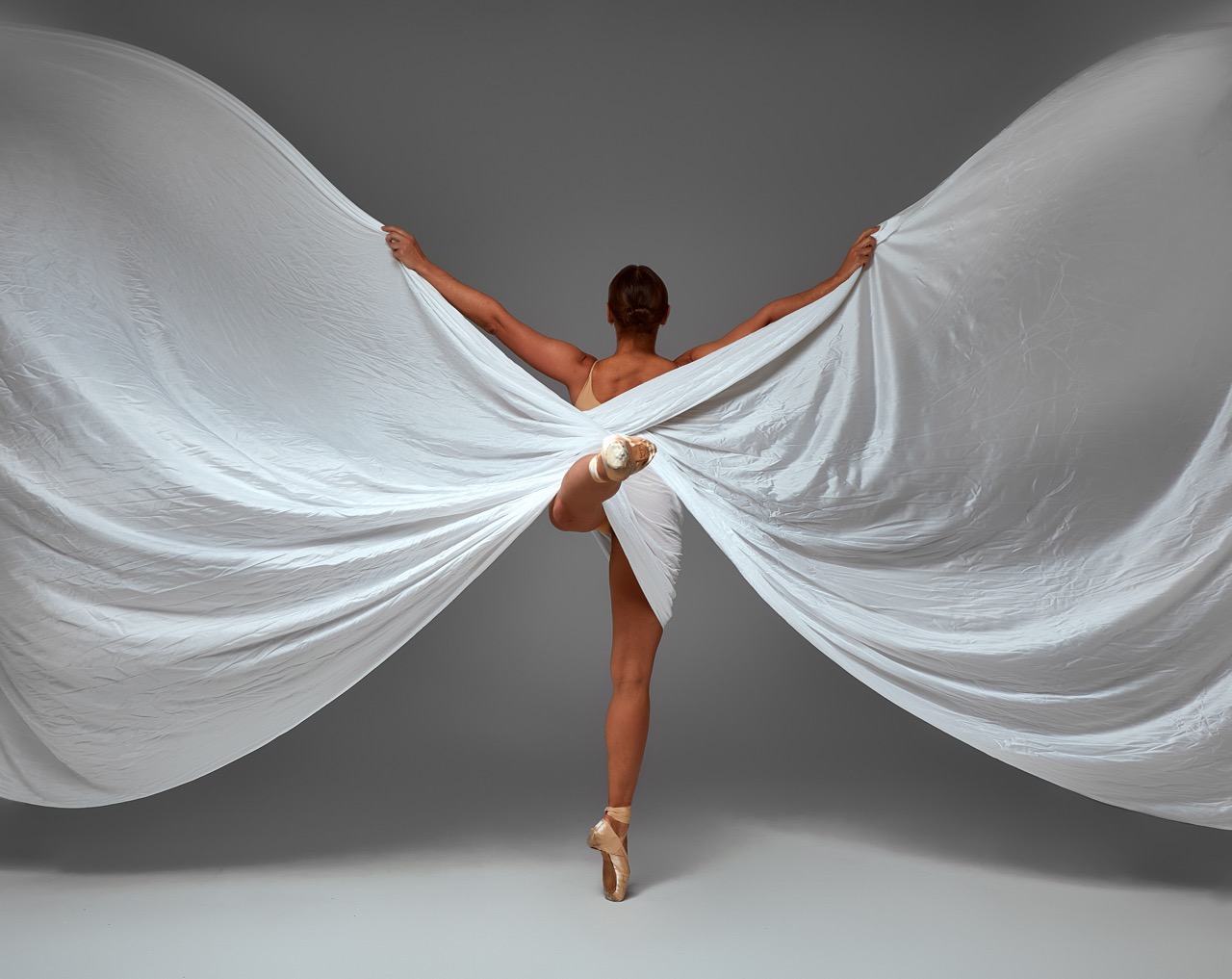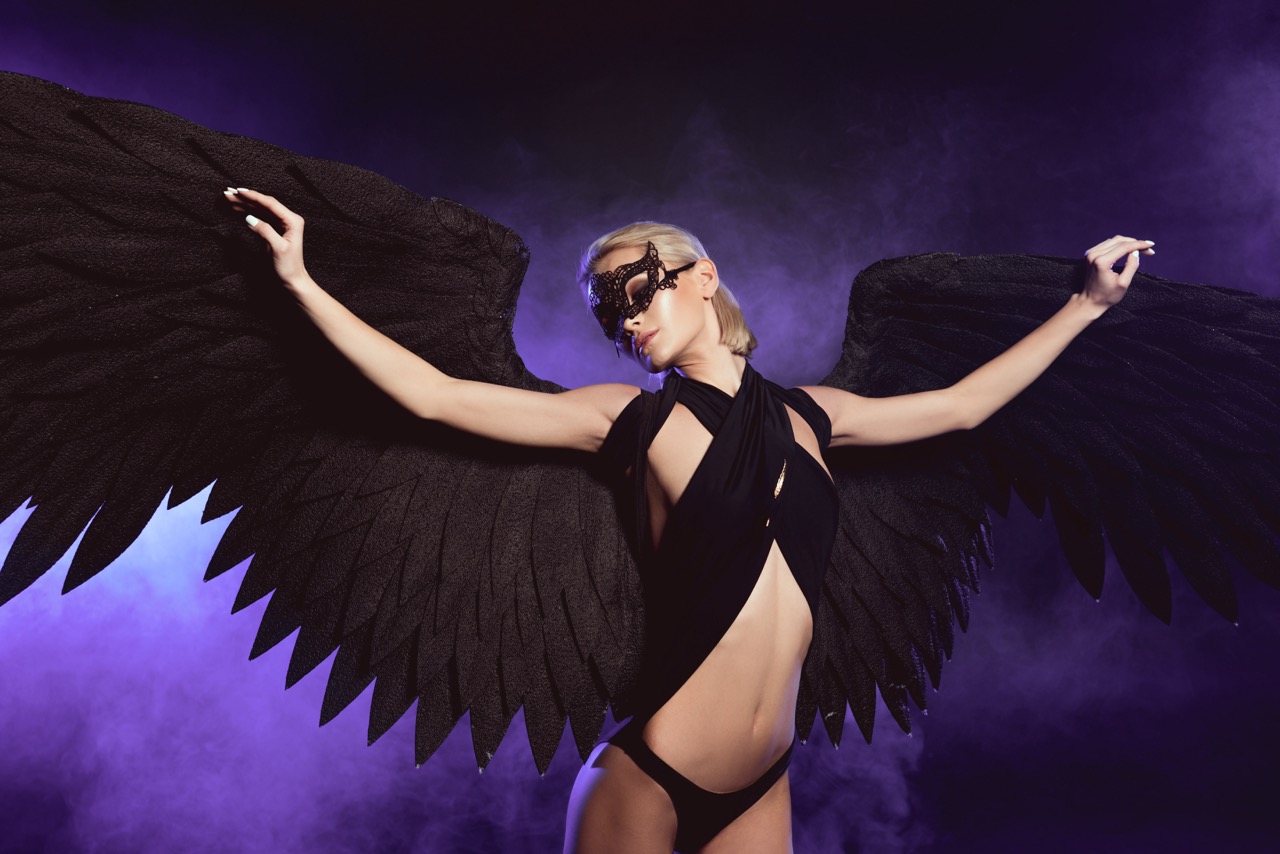In the realm of ballet and classical dance, costumes serve as more than mere fabric draping the body; they are an essential part of storytelling and character development. Among the most mesmerizing elements in these costumes are wings, which evoke a sense of wonder and transcendence. This article explores the enchanting role of wings in dance attire, tracing their historical evolution, deciphering their symbolism, and examining the materials and techniques that contribute to their beauty.
The Enchantment of Wings: Transforming Dance Costumes
Wings in ballet and classical dance costumes possess a unique ability to transport both the performers and the audience into fantastical realms. They evoke imagery of flight and freedom, inviting the viewer to suspend disbelief and embrace the ethereal narratives that unfold on stage. When dancers don wings, they not only enhance their physicality but also heighten the emotional stakes of their performances, creating an otherworldly aesthetic that captivates the imagination.
The graceful movements of dancers are amplified by the addition of wings, as the fabric billows and flutters in rhythm with their choreography. Wings can transform a dancer’s silhouette, allowing them to embody mythical creatures such as fairies, angels, and even birds. This transformation is not simply visual; it alters the way dancers interact with the space around them, bringing an added layer of dynamism and fluidity to each performance.
Moreover, wings can serve to unify a production’s visual language, establishing thematic coherence across different characters and scenes. Whether they’re grand and elaborate, or delicate and understated, wings add a captivating dimension that enhances the overall storytelling experience. As they glide and swoop, they become integral to the choreography, offering visual punctuation that underscores key emotional moments in the narrative.
Historical Evolution of Winged Designs in Dance Attire
The use of wings in dance costumes has roots in ancient traditions, where they were often associated with deities and mythological figures. The earliest representations of winged dancers can be traced back to ancient Egyptian and Greek art, where figures depicted in frescoes and sculptures often possessed wings that symbolized divinity and power. These early interpretations laid the groundwork for the incorporation of wings into formal dance practices.
As ballet emerged in the Renaissance period, costumes began to evolve significantly, and the aesthetic of wings became more pronounced. The Baroque era saw the rise of elaborate costumes, where wings adorned with feathers and shimmering fabrics became a staple in performances, particularly in operatic ballets. The increasing complexity of choreography during this period led designers to experiment with various styles, leading to the creation of iconic pieces that have inspired generations of dancers.
In the 20th century, the avant-garde movement brought about radical changes in dance and costume design. Wings transcended their traditional roles, becoming symbols of expression and innovation. Choreographers began to embrace wings as integral components of contemporary dance narratives, often utilizing them to challenge conventional notions of beauty and femininity. This evolutionary journey highlights how wings in dance costumes have adapted to reflect the changing tides of cultural and artistic movements throughout history.
The Symbolism of Wings: Elevation and Freedom in Dance
Wings carry profound symbolic weight, representing both elevation and freedom within the art of dance. They suggest the idea of transcending earthly limitations, allowing dancers to embody a sense of liberation that resonates deeply with audiences. The imagery of flight evokes feelings of aspiration and hope, reinforcing the transformative power of dance as a medium for personal expression and spiritual connection.
In many cultures, wings symbolize the connection between the earthly and the divine. They serve as a metaphor for the soul’s journey, representing the struggles and triumphs experienced along the way. When dancers adorn themselves with wings, they tap into this rich tapestry of meaning, inviting the audience to reflect on their own journeys and aspirations. The act of dancing with wings becomes a physical manifestation of the desire to break free from constraints and reach for the seemingly unattainable.
Moreover, the presence of wings in dance costumes can evoke a sense of nostalgia and longing. They often remind us of childhood fantasies and dreams of flight, reinforcing the idea that art has the power to transport us to places where we can imagine the impossible. In this way, wings become a symbol not only of freedom but also of the innate human desire to explore, to dream, and to elevate ourselves beyond our everyday realities.
Crafting Aesthetic Excellence: Materials and Techniques Used
The creation of winged costumes in ballet and classical dance is a meticulous process that involves a careful selection of materials and innovative techniques. Designers often employ lightweight fabrics like chiffon, organza, and tulle to ensure that the wings do not weigh down the dancers during their performances. This choice of material allows for the graceful movement and fluidity that wings are meant to convey, making them an integral part of the dancer’s expression.
In addition to fabric, embellishments such as feathers, sequins, and glitter play a crucial role in enhancing the visual impact of wings. Feathers can be layered and dyed to create depth and texture, while sequins and glitter add a touch of sparkle that catches the light, transforming the wings into something truly magical. The craftsmanship involved in combining these elements reflects a deep understanding of aesthetics and the desire to create a breathtaking spectacle on stage.
Techniques such as wiring and structural reinforcement are also employed to give wings their shape and to allow for dynamic movement. Designers often use lightweight frames to create a sense of buoyancy and lift, enabling the wings to soar as the dancer moves. The integration of technology, such as LED lighting or mechanical elements, can further elevate the experience, allowing wings to illuminate or change shape in response to the dance. Each creative decision made in the crafting of winged costumes is a testament to the artistry involved in bringing these enchanting visions to life.
Wings in ballet and classical dance costumes encapsulate a world of enchantment, symbolism, and creative craftsmanship. From their historical evolution to their profound symbolic meanings, wings have become a staple in the visual language of dance, inviting both performers and audiences to explore themes of elevation and freedom. With innovative materials and techniques, designers continue to push the boundaries of aesthetics, creating breathtaking pieces that enrich the narrative of dance. As we celebrate the transformative power of wings, we are reminded of the artistry that exists in every twirl and leap, where the spirit of flight becomes an integral part of the dance.


